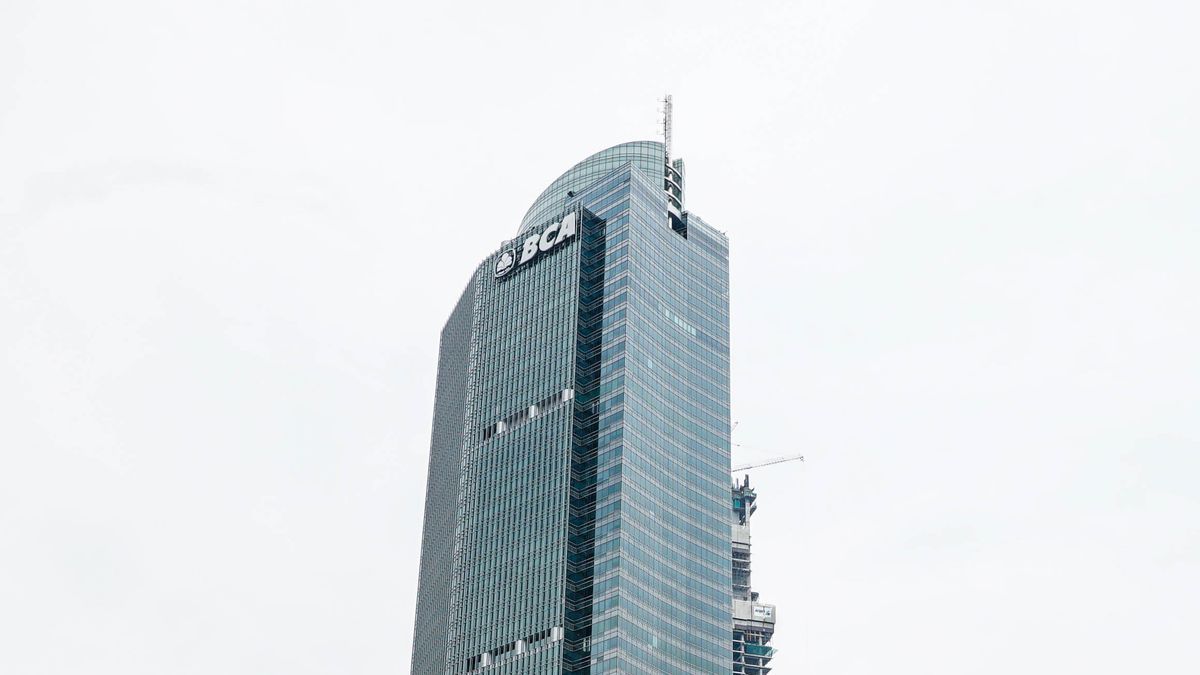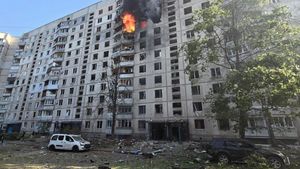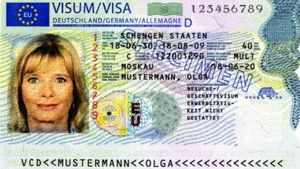JAKARTA - Research Director for Economists at the Center of Reform on Economics (CORE) Piter Abdullah said that currently the condition of the banking sector in the midst of the COVID-19 pandemic is still relatively well maintained.
Piter explained that this condition is reflected in the ratio of bad credit or non-performing loans (NPL) and the capital adequacy ratio (CAR) of national banks which are still at a safe level.
"Bank NPLs have indeed increased, but the increase is still in the safe range of below 5 percent. Even if we see the net NPL is even smaller and in the past two months it has decreased," he said, in a virtual discussion, Thursday, September 17.
Based on OJK data, banking NPLs up to July have increased, to a level of 3.22 percent. However, this figure is still below the safe limit, which is 5 percent. Meanwhile, the national banking CAR per July was 23.1 percent, an increase compared to the June period, which was 22.59 percent.
According to Piter, what needs to be watched is if the NPL of banks has increased. Because, this is a sign of bad credit. This is because soaring NPLs will erode capital. He said, this had happened from 1997 to 1998.
"This does not happen in 2020, NPLs do not increase and bank CAR is well maintained. LDR is down, this means bank liquidity is still well maintained. This is the performance of banks in general," he said.
Piter explained that the bank's NPL and CAR were still safe because banks had made a declaration as an anticipation if bad credit occurred.
As is known, the Financial Services Authority (OJK) has issued a credit relaxation policy for bank debtors since last April. The regulation is contained in OJK Regulation (POJK) Number 11 / POJK.03 / 2020 concerning National Economic Stimulus as a Countercyclical Policy on the Impact of the Spread of COVID-19.
"Even though it is actually the policy of loosening credit restructuring is not mandatory for banks, banks do accumulate reserves in the midst of this condition. This means that banks are very aware of risks. Therefore, the bank's net NPL has decreased," he said.
Piter said that the COVID-19 pandemic had limited socio-economic activities for the community. Thus reducing the space for movement, which ultimately causes the business world to be unable to catch up with turnover. Revenues have fallen but expenses remain high, resulting in negative cash flow.
This condition, said Piter, if it continues then it can transmit to the financial sector, they will be unable to pay their principal and interest installments which will lead to bad credit. However, this does not happen if you look at the condition of the 10 largest banks that oversee 64 percent of national banking assets.
"The increase in bad credit did not occur. Bank NPLs did increase but the increase was still in a safe range," he said.
The English, Chinese, Japanese, Arabic, and French versions are automatically generated by the AI. So there may still be inaccuracies in translating, please always see Indonesian as our main language. (system supported by DigitalSiber.id)










